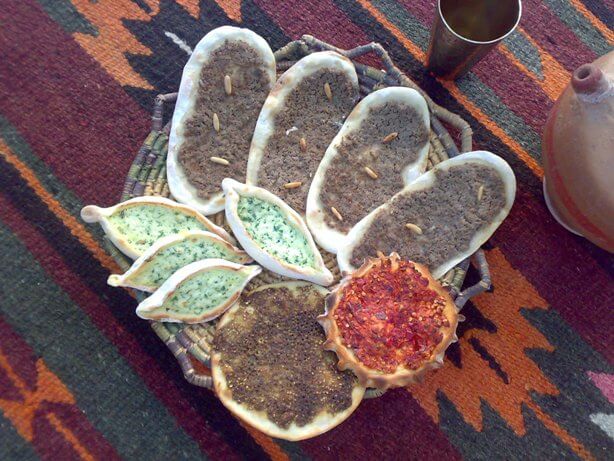Hey All,
I am looking to build a new oven and have a few questions about this build I found on youtube. I am attracted to the design/build due to its portability and relatively light weight - I currently rent, and would like the ability to move the oven with two people. https://www.youtube.com/watch?v=Sny2MCND3nA The material used is pumice stone:
I am looking to build a new oven and have a few questions about this build I found on youtube. I am attracted to the design/build due to its portability and relatively light weight - I currently rent, and would like the ability to move the oven with two people. https://www.youtube.com/watch?v=Sny2MCND3nA The material used is pumice stone:
- is pumice considered a refractory material? is it an appropriate material to use for a pizza oven like this?
- what are the disadvantages of this build? obviously, it is thinner than most designs I see here and does not have a lot of thermal mass. There is another video of the oven in action and the temperature is at 850 - is this sufficient temp for good pizza cooking? It won?t have as much heat retention properties for baking, but I am more concerned with the pizza cooking/faster cooking.
- how would you improve on this build while keeping the compact design/portability?
- the guy in the video grinds his own pumice, but I have found a distributor fairly close to me - http://www.hesspumice.com/pumice-pag...des-types.html Which grade is appropriate? I spoke with them on the phone and it seems very cheap - $90 for 2500b and they are ok with selling me a smaller quantity.
- the floor: the guy used a finer pumice grind for the floor but adds a tile on top of it for cooking. i?d like to have the floor be whatever surface I want to cook on - what would you do? I am thinking embedding a pizza stone could be cool, and would stay lightweight.
- if everything else checks out, what would you advise as a dry time? The guy recommends two month dry time before first fire - is it necessary to go that long?
- I live in a fairly cold climate - can get down to 20 below - is the oven ok being left outside? thanks!






Comment